Home>Gardening & Outdoor>Garden Tools & Equipment>How To Turn Off A Lawnmower


Garden Tools & Equipment
How To Turn Off A Lawnmower
Modified: February 18, 2024
Learn how to safely turn off a lawnmower and avoid accidents with proper garden tools and equipment. Follow these essential tips for a safer gardening experience.
(Many of the links in this article redirect to a specific reviewed product. Your purchase of these products through affiliate links helps to generate commission for Storables.com, at no extra cost. Learn more)
Introduction
When you've finished mowing the lawn, it's important to know how to properly turn off your lawnmower. Whether you have a gas-powered or electric mower, following the correct shutdown procedure not only ensures your safety but also helps maintain the longevity of the equipment. In this comprehensive guide, we'll walk you through the essential steps to safely turn off a lawnmower. By understanding and implementing these steps, you can safeguard yourself and your equipment while promoting its optimal performance. Let's delve into the details of each step to gain a deeper understanding of the proper shutdown process for your lawnmower.
Key Takeaways:
- Safely turning off your lawnmower involves disconnecting the spark plug, turning off the fuel, letting the engine cool down, and engaging safety features. This ensures safety and promotes equipment longevity.
- Prioritizing safety measures, allowing the engine to cool down, and engaging safety features when turning off your lawnmower contributes to its durability and efficient performance. These steps also reinforce responsible equipment management.
Read more: How To Turn On A Lawnmower
Step 1: Disconnect the Spark Plug
Before performing any maintenance or shutdown procedures on your lawnmower, it’s crucial to prioritize safety. The first step in turning off a lawnmower is to disconnect the spark plug. This safety measure ensures that the engine cannot accidentally start while you are working on the mower.
To disconnect the spark plug, locate the spark plug wire at the front of the engine. It’s typically attached to the top of the engine and may be covered by a rubber boot. Carefully grasp the rubber boot and gently pull it to disconnect the spark plug wire from the spark plug. By doing so, you effectively interrupt the engine’s ability to ignite fuel, preventing any accidental starts during the shutdown process.
It’s important to handle the spark plug wire with caution, especially if the engine has been recently running. Always allow the engine to cool down before disconnecting the spark plug to avoid any risk of burns from hot engine components. Once the spark plug is disconnected, you can proceed with the remaining shutdown steps, knowing that the engine is safely disabled.
Step 2: Turn Off the Fuel
After disconnecting the spark plug, the next crucial step in shutting down a lawnmower is to turn off the fuel supply. This step is particularly important for gas-powered mowers, as it prevents fuel from reaching the engine during the shutdown process, reducing the risk of leaks and potential fire hazards.
To turn off the fuel, locate the fuel shut-off valve or the fuel tank cap on your lawnmower. For mowers equipped with a fuel shut-off valve, simply switch it to the “off” position to stop the flow of fuel to the engine. If your mower doesn’t have a shut-off valve, you can achieve the same result by carefully unscrewing the fuel tank cap and then retightening it securely. This action helps create a seal that prevents fuel from reaching the engine.
By turning off the fuel supply, you not only mitigate the risk of leaks and spills but also prepare the mower for storage or further maintenance. This step is especially important when the mower will be left unused for an extended period, as it prevents fuel from deteriorating and causing potential starting issues in the future.
Once the fuel supply is securely turned off, you can proceed with the remaining shutdown steps, confident that your lawnmower is safely prepared for the next use or storage.
Before turning off a lawnmower, release the throttle and let the engine idle for a few minutes to cool down. Then, turn the ignition switch to the “off” position and remove the key to prevent accidental starts.
Step 3: Let the Engine Cool Down
After disconnecting the spark plug and turning off the fuel supply, it’s essential to allow the lawnmower’s engine to cool down before proceeding with further maintenance or storage. Allowing the engine to cool down serves multiple purposes, including safety, preservation of engine components, and overall maintenance of the mower.
When a lawnmower engine is in operation, it generates significant heat, and various components, such as the muffler, exhaust, and engine block, become extremely hot. Shutting off the engine and immediately attempting to perform maintenance or handle the mower can pose a risk of burns or injury. Therefore, it’s crucial to exercise patience and allow the engine to cool down naturally.
The duration of the cooling period can vary depending on the specific mower model, engine type, and the duration of use. As a general rule, it’s advisable to wait at least 5 to 10 minutes to ensure that the engine has sufficiently cooled down. During this time, take the opportunity to inspect the mower for any visible signs of wear, damage, or loose components that may require attention during the shutdown process.
Additionally, allowing the engine to cool down contributes to the overall well-being of the mower. Sudden temperature differentials resulting from immediate maintenance after operation can place stress on engine components, potentially leading to premature wear or damage. By patiently waiting for the engine to cool down, you contribute to the longevity and optimal performance of your lawnmower.
Once the engine has cooled down adequately, you can confidently proceed with any necessary maintenance, storage, or additional shutdown steps, knowing that the mower is in a safe and optimal condition.
Step 4: Engage the Safety Features
As you near the completion of the lawnmower shutdown process, it’s important to engage the safety features to ensure that the equipment remains secure and ready for storage or the next operation. Engaging the safety features not only safeguards the mower from accidental activation but also prevents potential hazards when the equipment is not in use.
One of the primary safety features to engage is the blade control mechanism. For walk-behind mowers, this typically involves releasing the blade control lever or engaging the blade brake, depending on the specific mower model. By disengaging the blades, you prevent any accidental rotation or movement of the cutting blades, reducing the risk of injury when handling or storing the mower.
If your lawnmower is equipped with a self-propulsion feature, ensure that the drive control is disengaged or released. This action prevents the mower from moving unexpectedly and adds an extra layer of safety during shutdown and storage. For riding mowers, it’s essential to disengage the transmission and set the parking brake to immobilize the mower effectively.
Additionally, if your lawnmower has any other safety features, such as a key ignition, safety interlock switches, or a removable battery, take the necessary steps to activate these features. Disabling the ignition or removing the key, where applicable, prevents unauthorized or accidental starting of the mower. Engaging safety interlock switches ensures that the mower remains in a safe state until intentionally activated for future use.
By systematically engaging the safety features, you contribute to a secure and hazard-free environment, both for yourself and others who may come into contact with the lawnmower. This proactive approach to safety not only protects individuals but also helps maintain the integrity of the equipment, ensuring its reliable performance when it’s time to mow the lawn again.
With the safety features engaged, your lawnmower is now safely and securely prepared for storage or the next operation, providing peace of mind and optimal readiness for future use.
Read more: How To Turn Off A Projector
Conclusion
Mastering the proper shutdown procedure for your lawnmower is essential for ensuring safety, preserving the equipment, and promoting its longevity. By following the comprehensive steps outlined in this guide, you can confidently turn off your lawnmower with precision and care, setting the stage for its optimal performance and reliability.
From disconnecting the spark plug to engaging the safety features, each step plays a crucial role in safeguarding both you and your lawnmower. Prioritizing safety measures, such as disconnecting the spark plug and turning off the fuel supply, mitigates potential hazards and ensures a secure shutdown process.
Allowing the engine to cool down not only prevents the risk of burns but also contributes to the overall maintenance of the mower, promoting its durability and efficiency. Engaging the safety features adds an extra layer of protection, securing the equipment and creating a hazard-free environment for future use.
By incorporating these steps into your lawnmower shutdown routine, you actively contribute to the equipment’s longevity and optimal performance. Additionally, these practices reinforce the importance of safety and responsible equipment management, setting a standard for meticulous care and maintenance.
As you familiarize yourself with these essential shutdown procedures, you empower yourself to be a conscientious and knowledgeable lawnmower owner, capable of ensuring the safety and reliability of your equipment. Whether you’re preparing the mower for storage or concluding a mowing session, these steps serve as a comprehensive guide to turning off your lawnmower with confidence and precision.
With a clear understanding of the shutdown process and its underlying significance, you’re well-equipped to maintain your lawnmower in top condition, ready to tackle the next mowing task with ease and efficiency.
Frequently Asked Questions about How To Turn Off A Lawnmower
Was this page helpful?
At Storables.com, we guarantee accurate and reliable information. Our content, validated by Expert Board Contributors, is crafted following stringent Editorial Policies. We're committed to providing you with well-researched, expert-backed insights for all your informational needs.
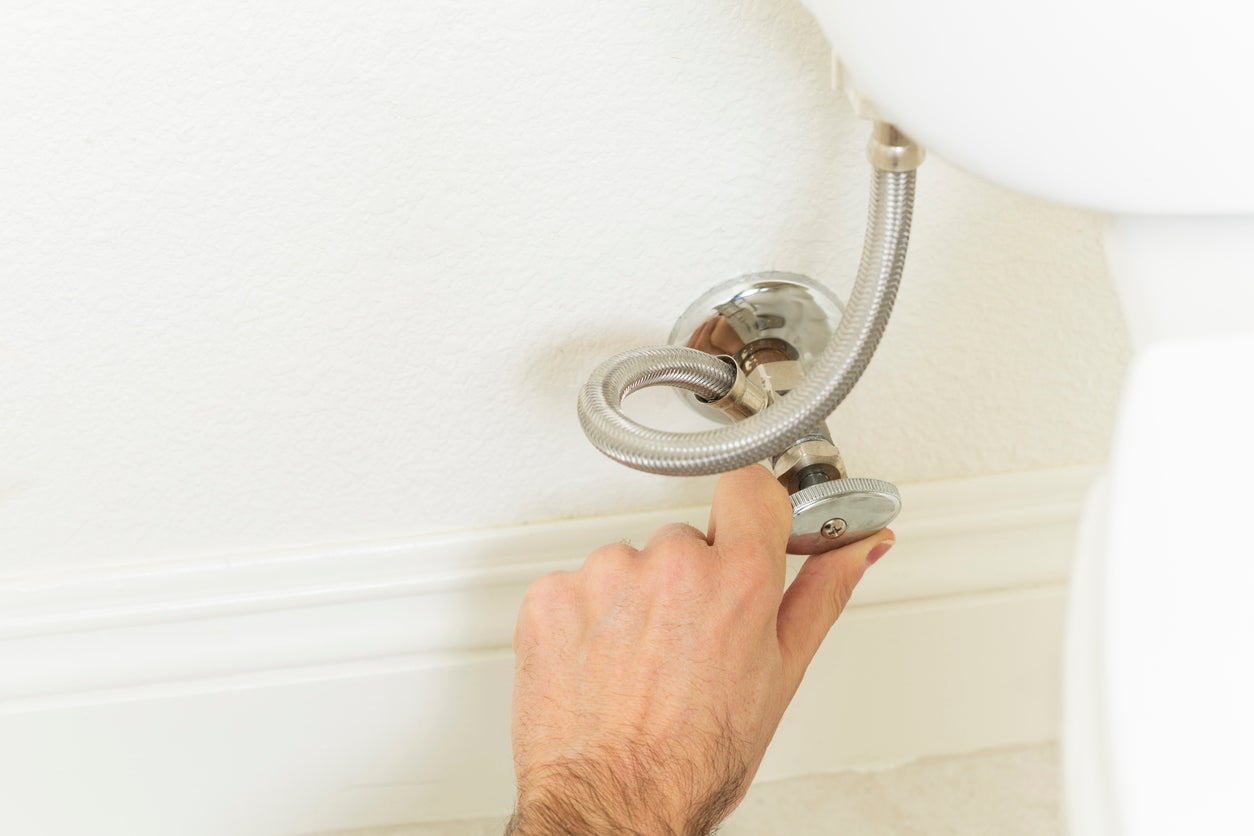
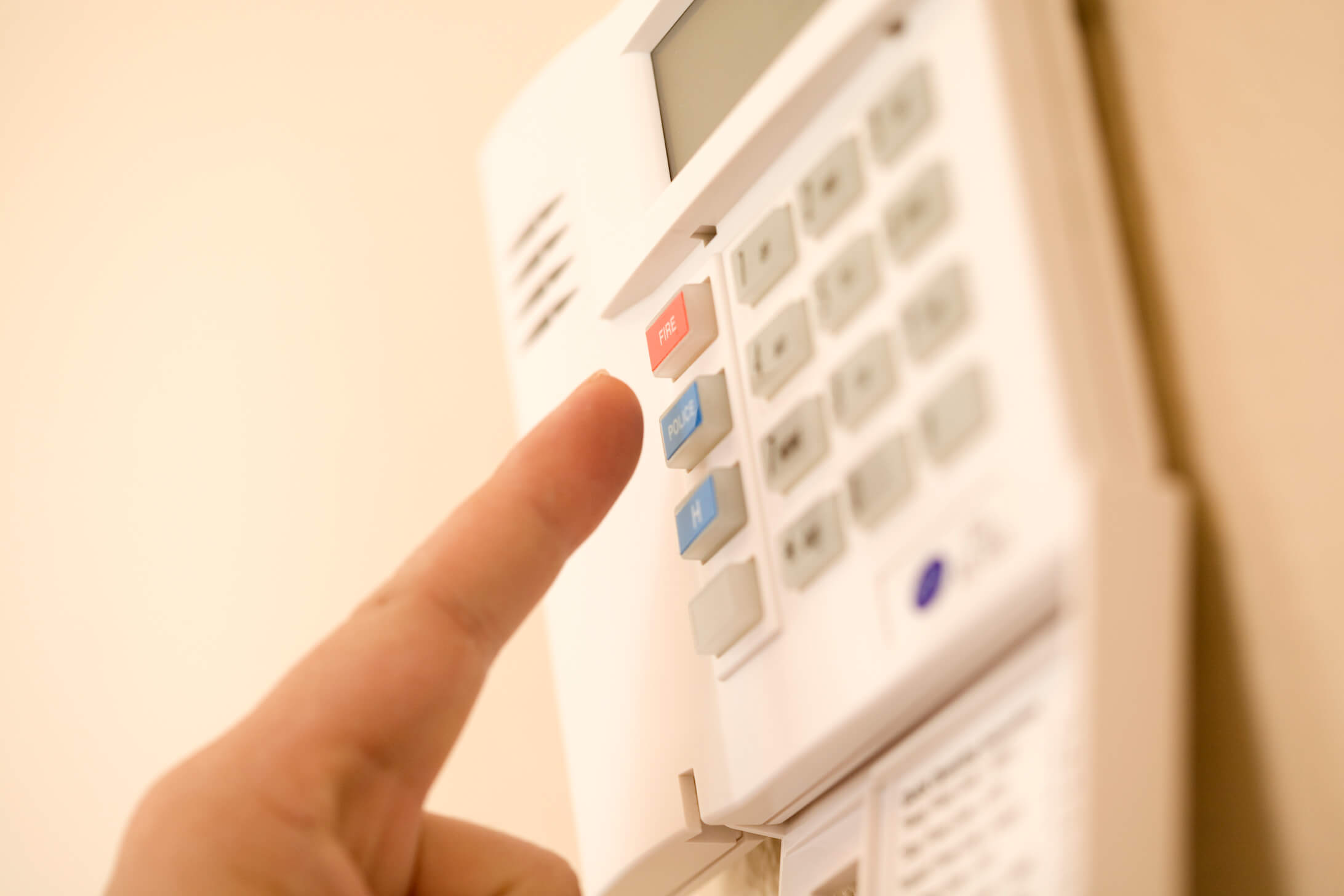



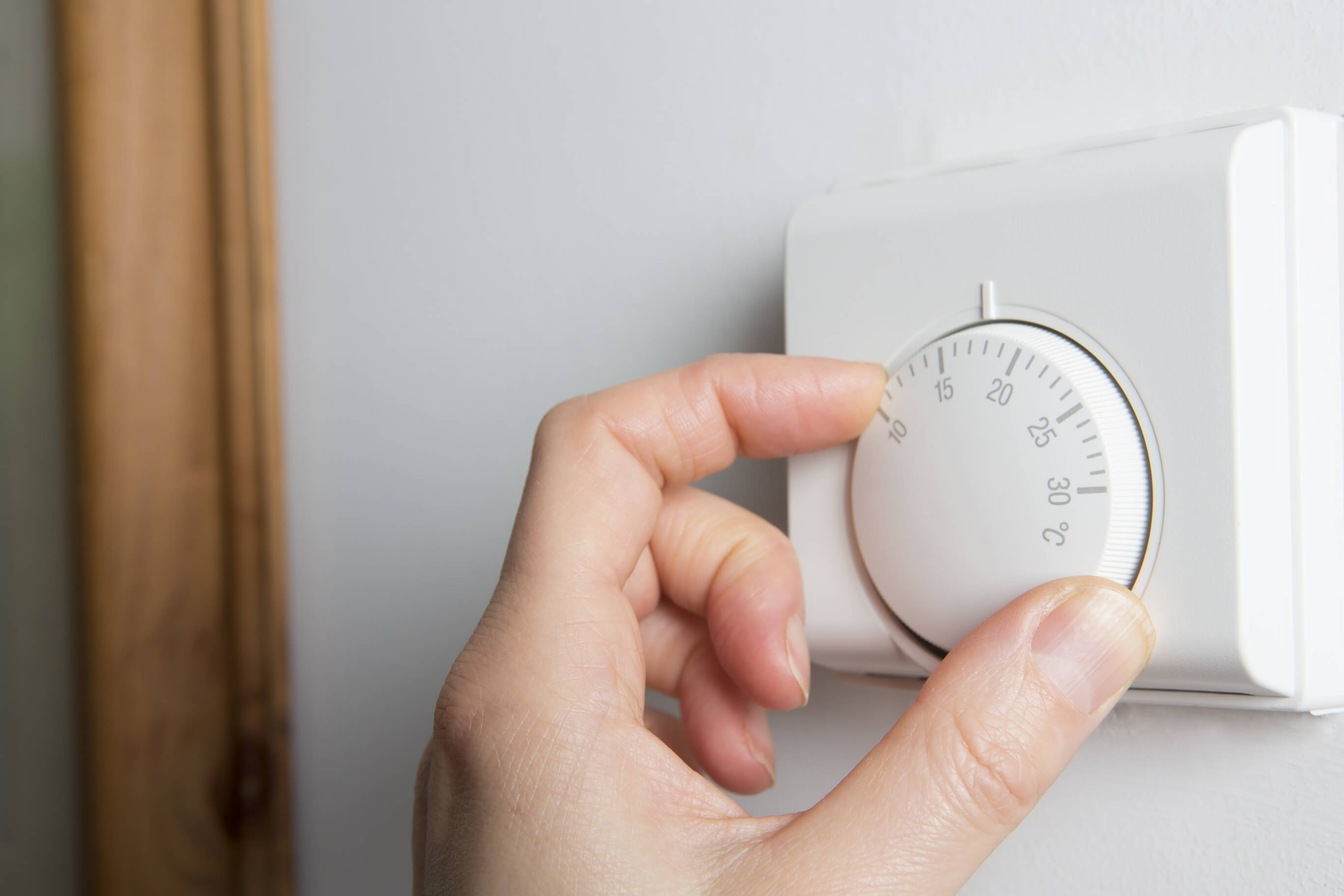
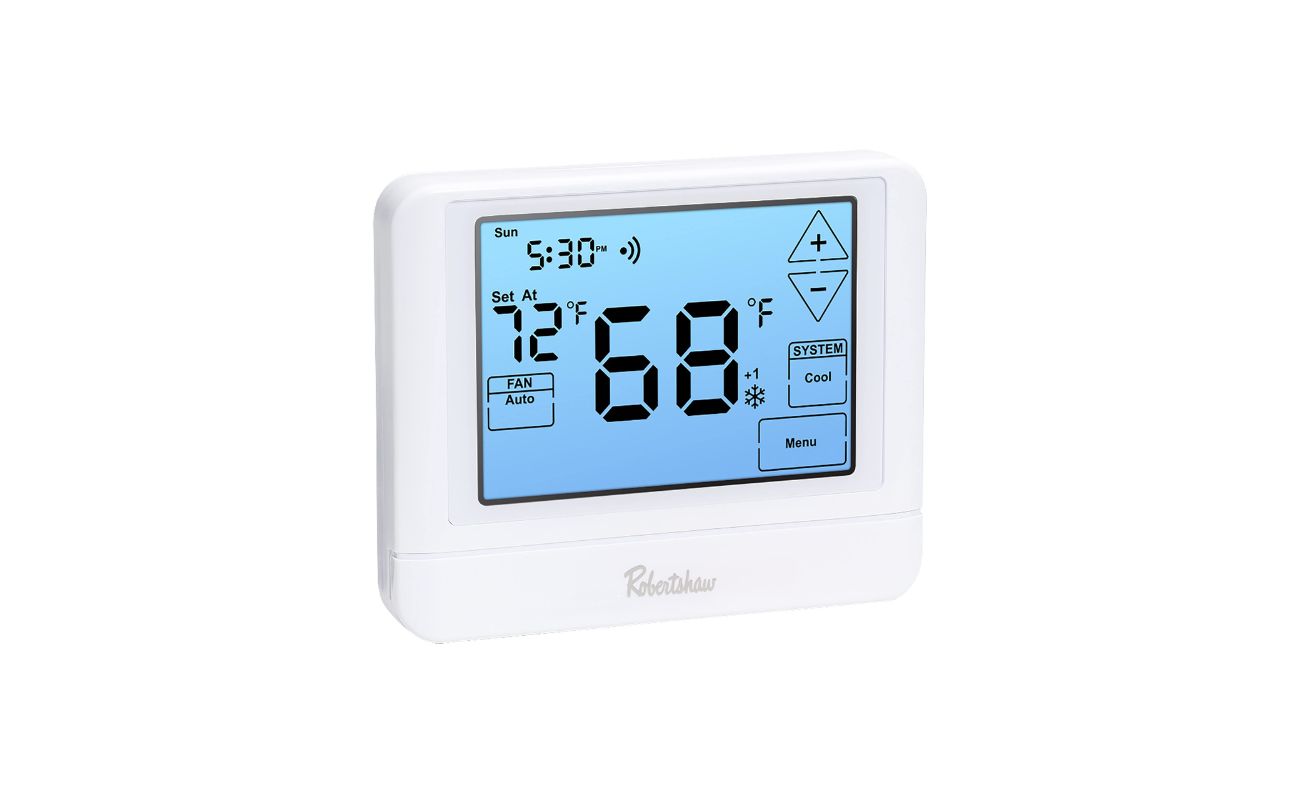
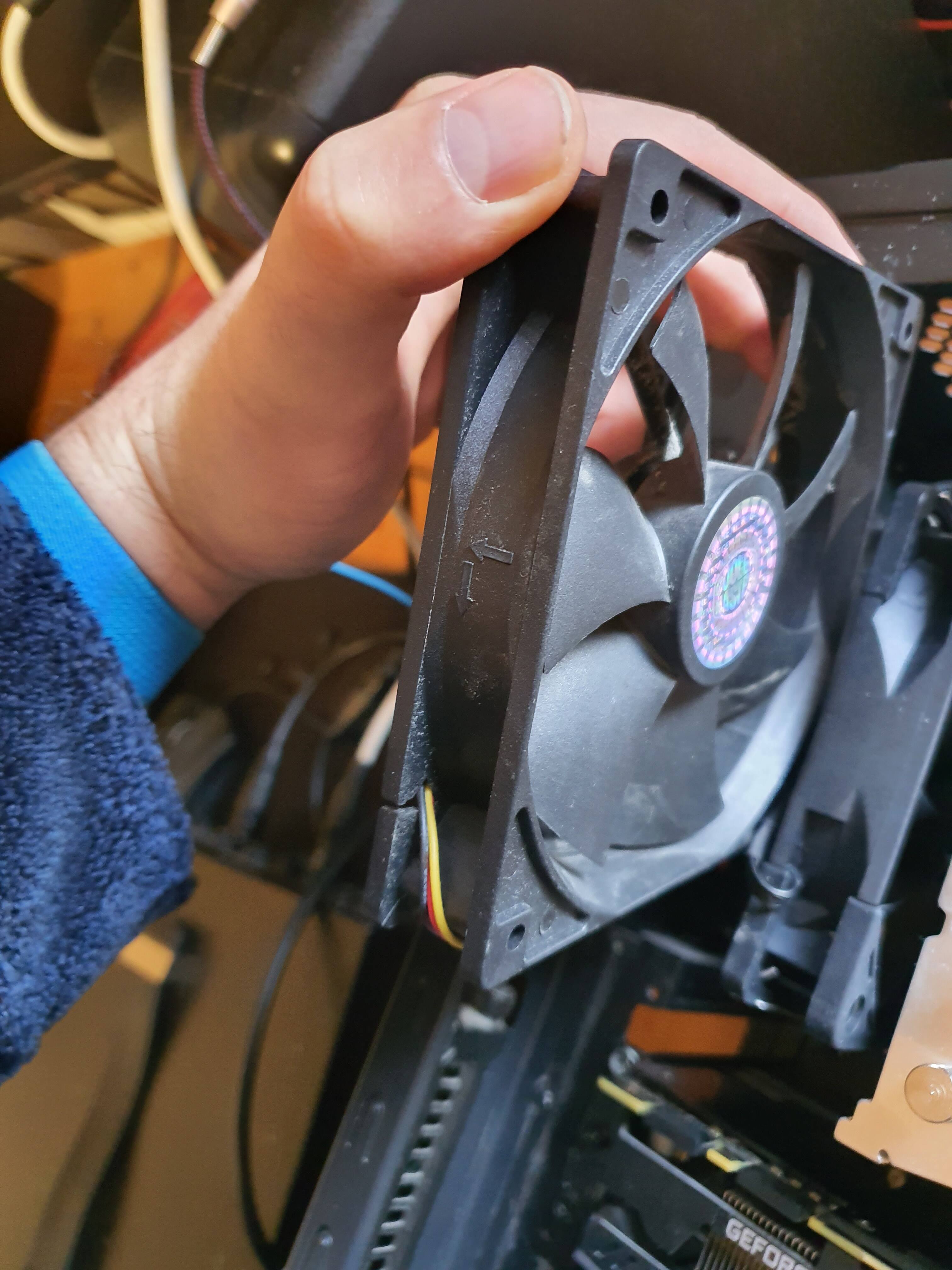
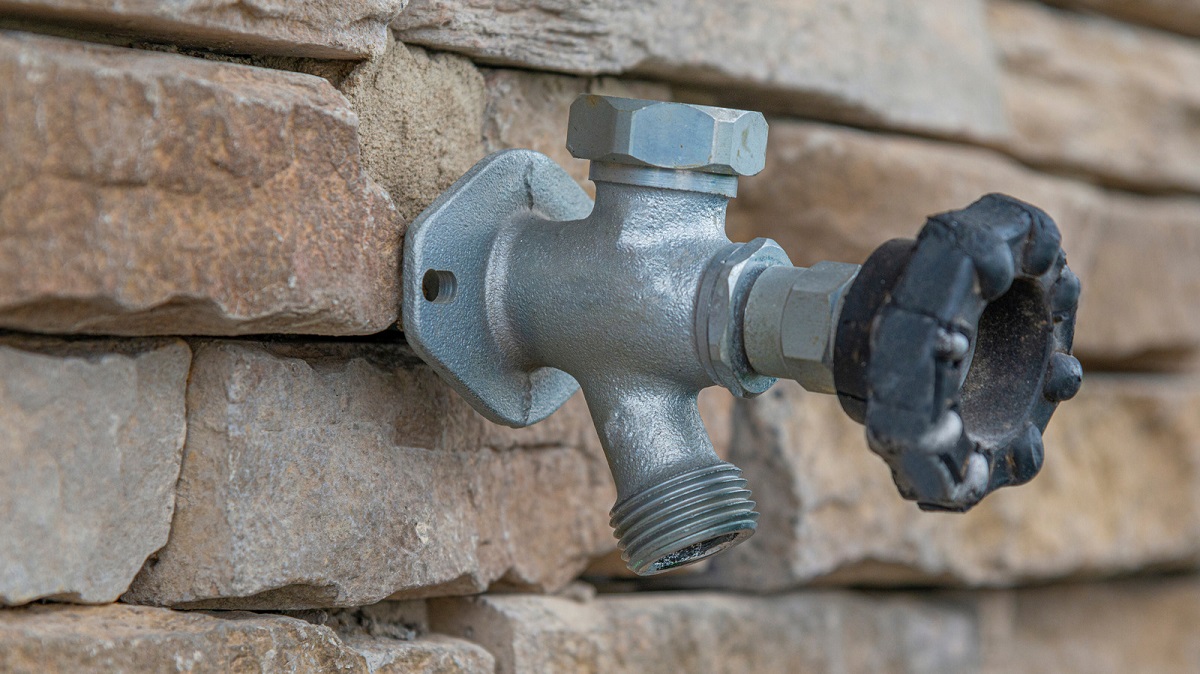


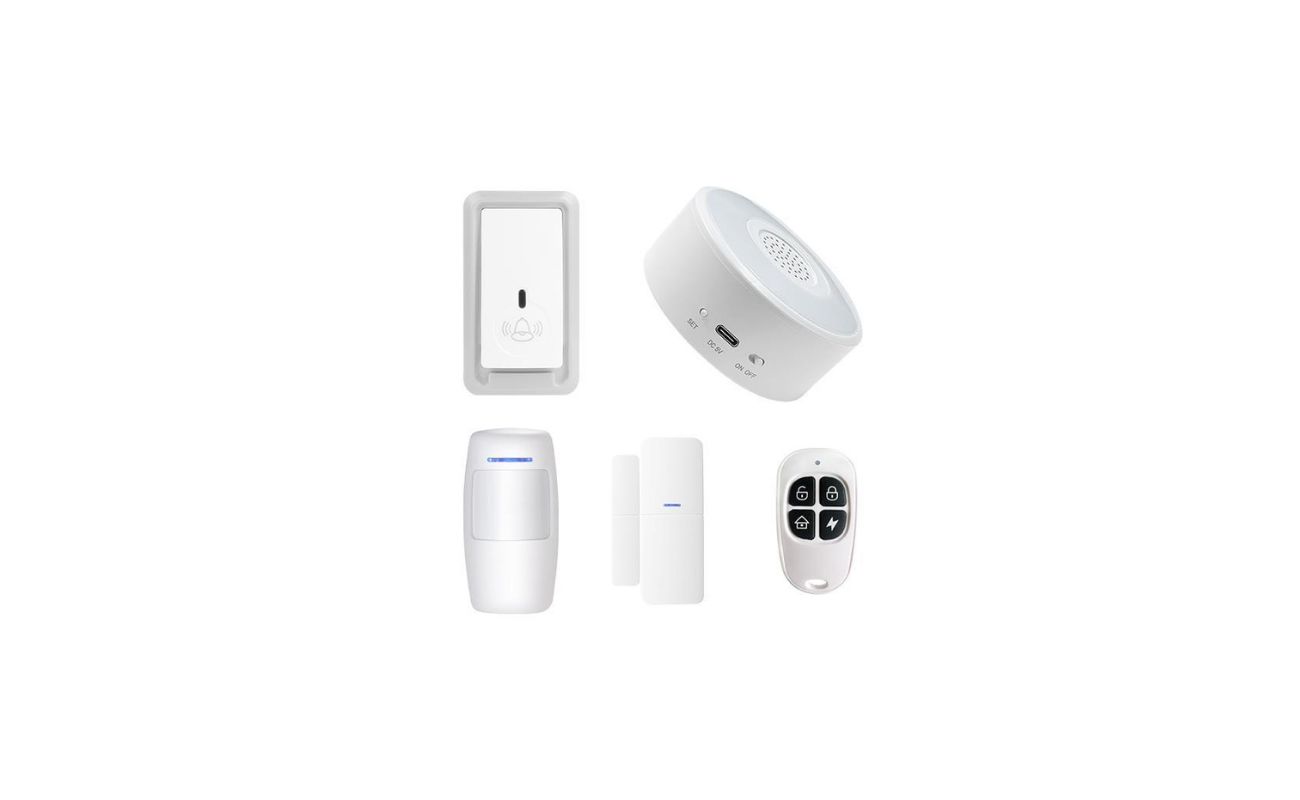
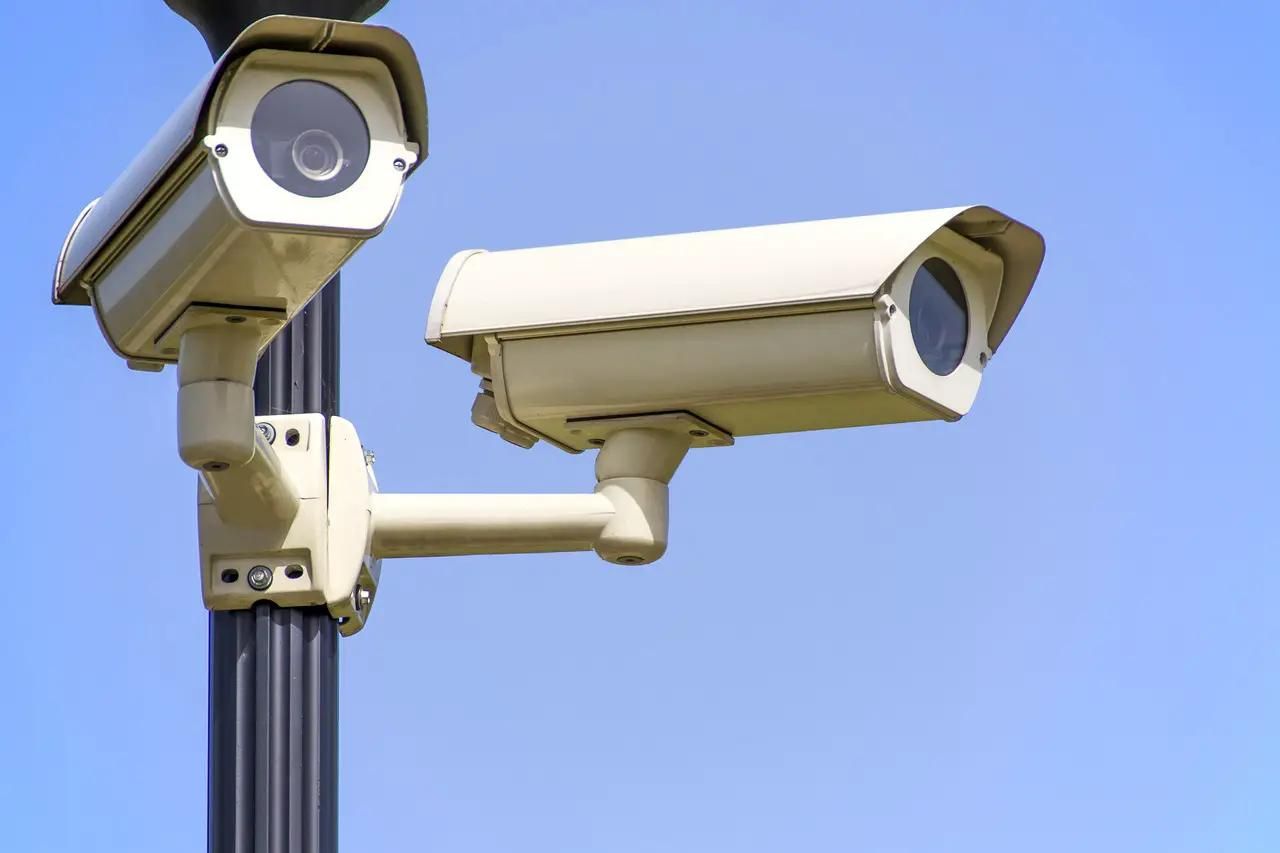
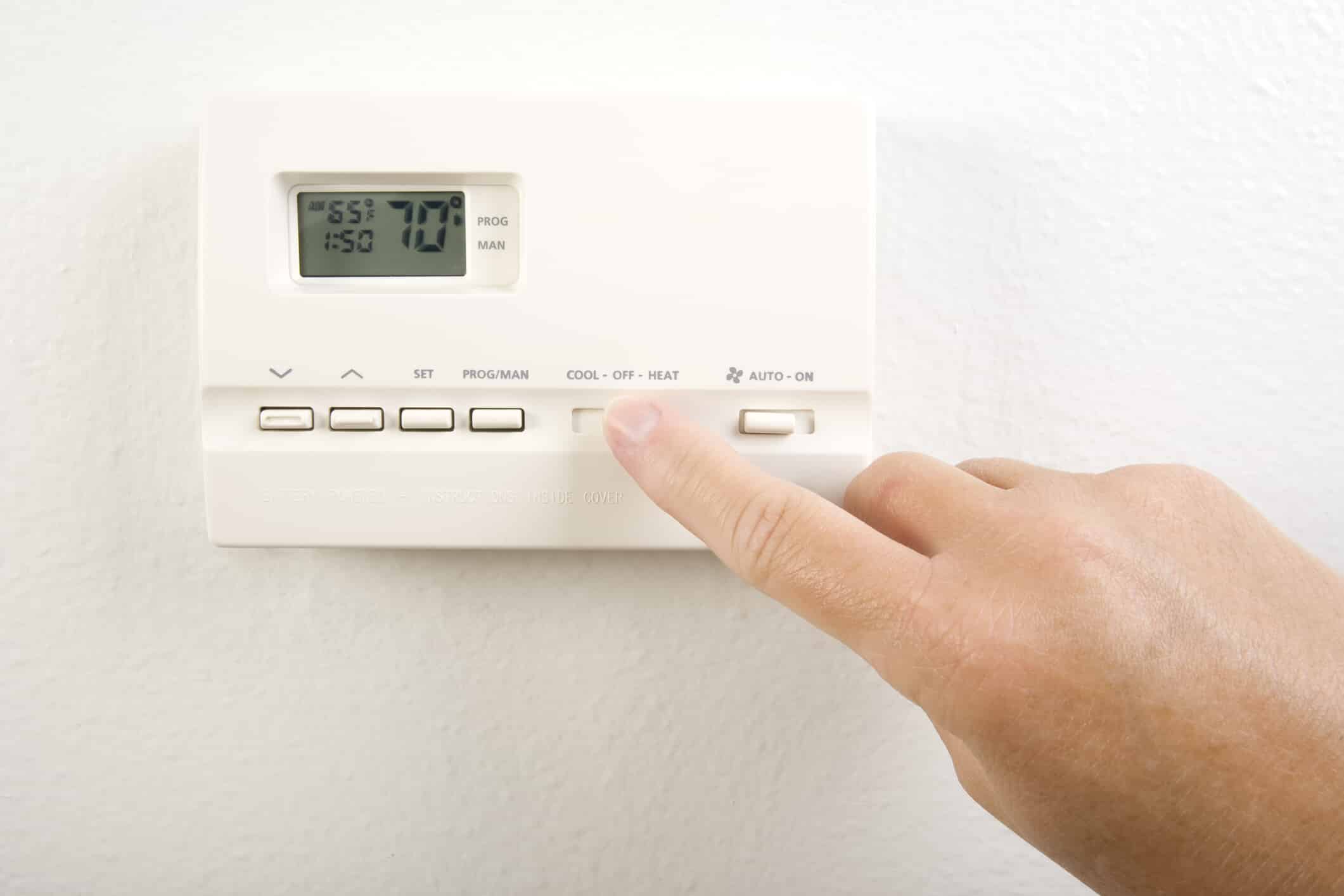

0 thoughts on “How To Turn Off A Lawnmower”